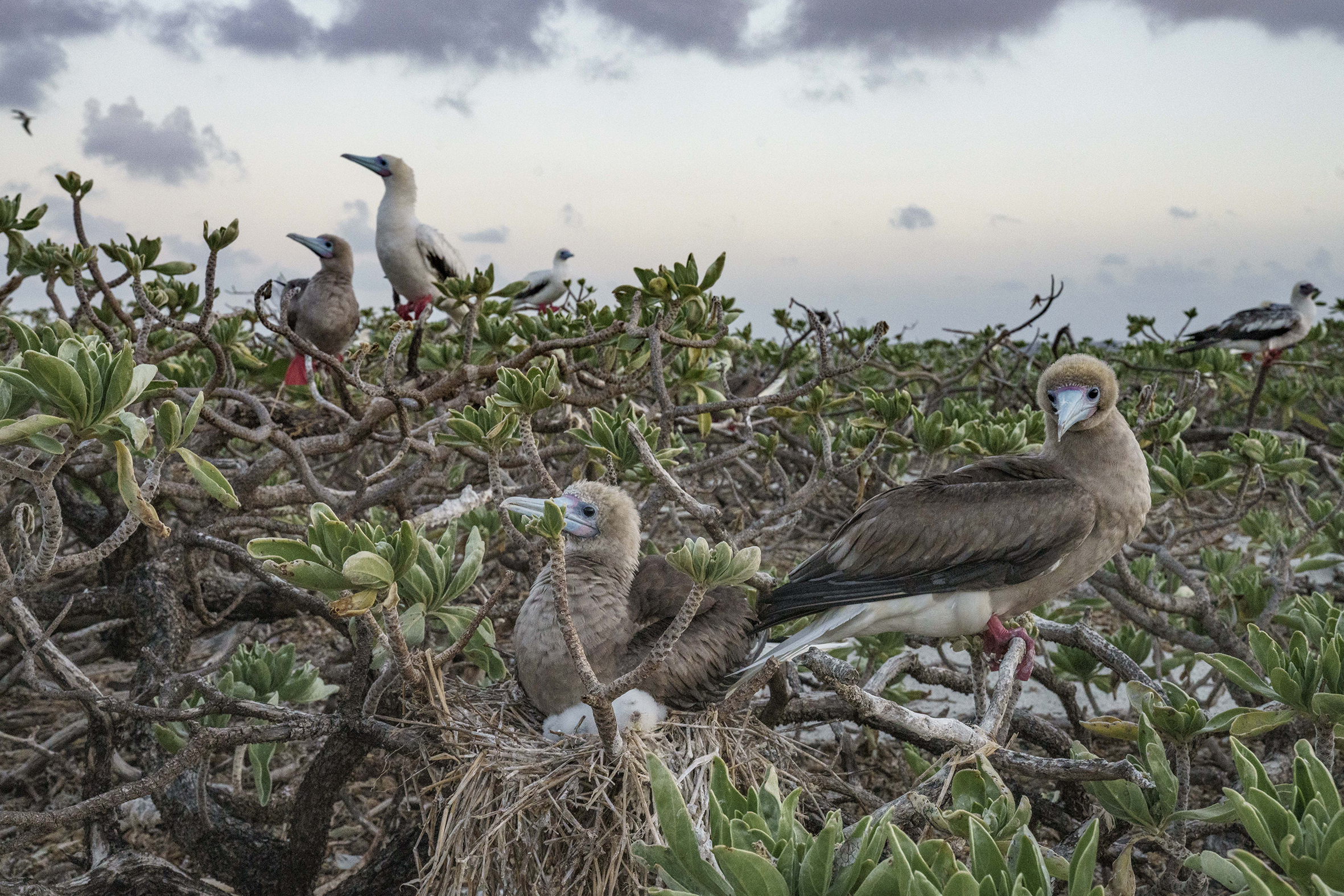

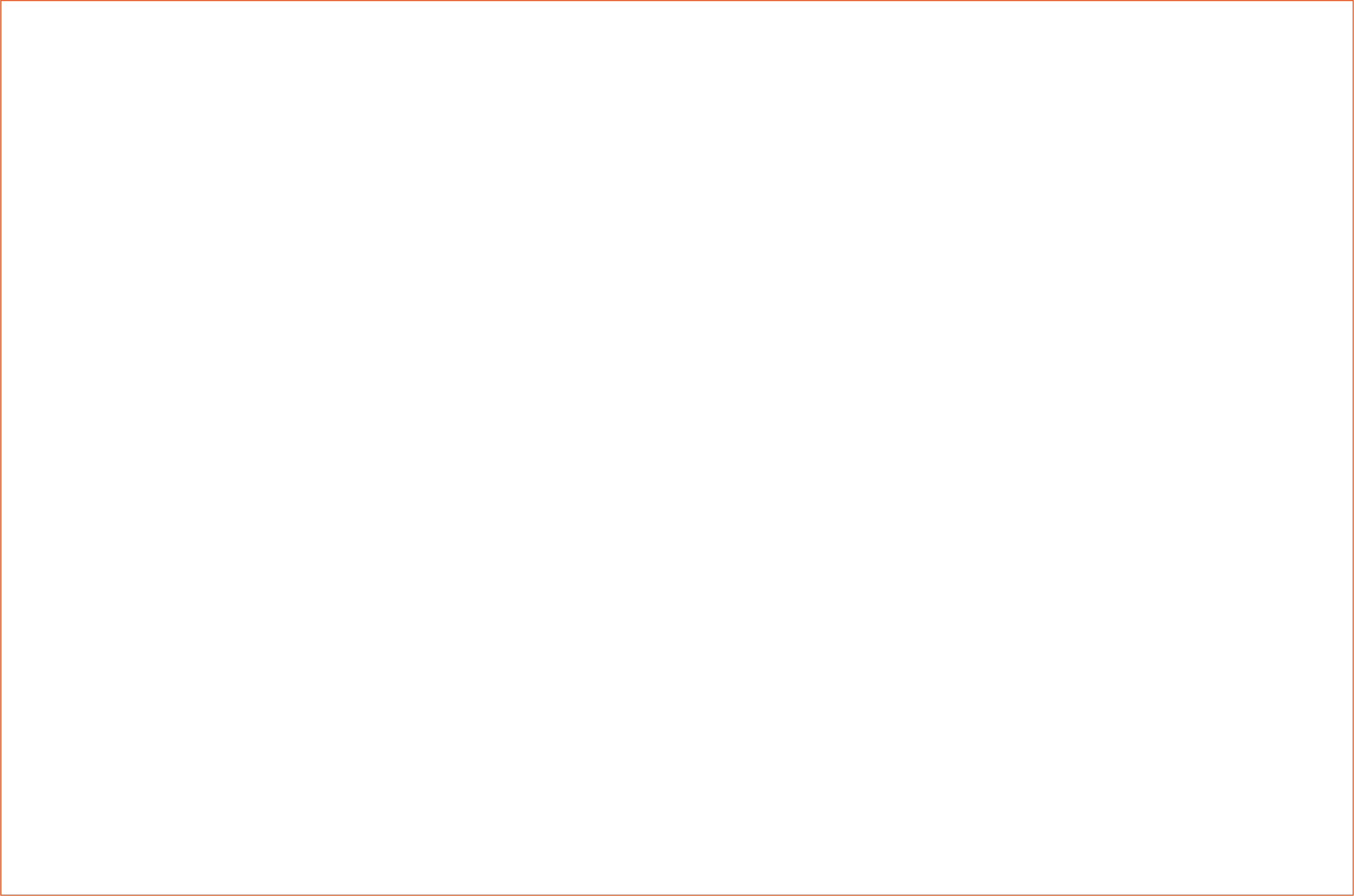
Alisa Martynova is a Russian photographer based in Florence. She has been working on the issue of migration for the past four years. First, through a historical project on the descendants of migrants who left Russia (her homeland) to settle in Italy (her adoptive home) after the 1917 revolution. Then, she trained her lens on those who have arrived in Italy more recently after a perilous journey at sea. A 2016 report by the International Organization for Migration lists the main factors that push people to flee their country as insecurity, conflict, and sexual, social or religious discrimination. These emergency situations have nothing to do with the economic arguments or search for work often cited by politicians.
They come from Nigeria, Gambia and the Ivory Coast. For many of them, the dream turns into a nightmare in Libyan prisons, where they may be subject to torture, slavery and rape. In search of an Eldorado, or at least a decent place to settle, they travel, under cover, night after night. After a long boat journey, they become stars that dissolve into the night, forming a constellation. For all their differences and similarities, they share a dream, a single horizon, for which each of them is willing to relinquish a small part of themselves.
ARBORETUM
In collaboration with Fisheye Magazine and the Fisheye Gallery.
Exhibition produced with the support and expertise of the Agelia laboratory.
![]()
![]()
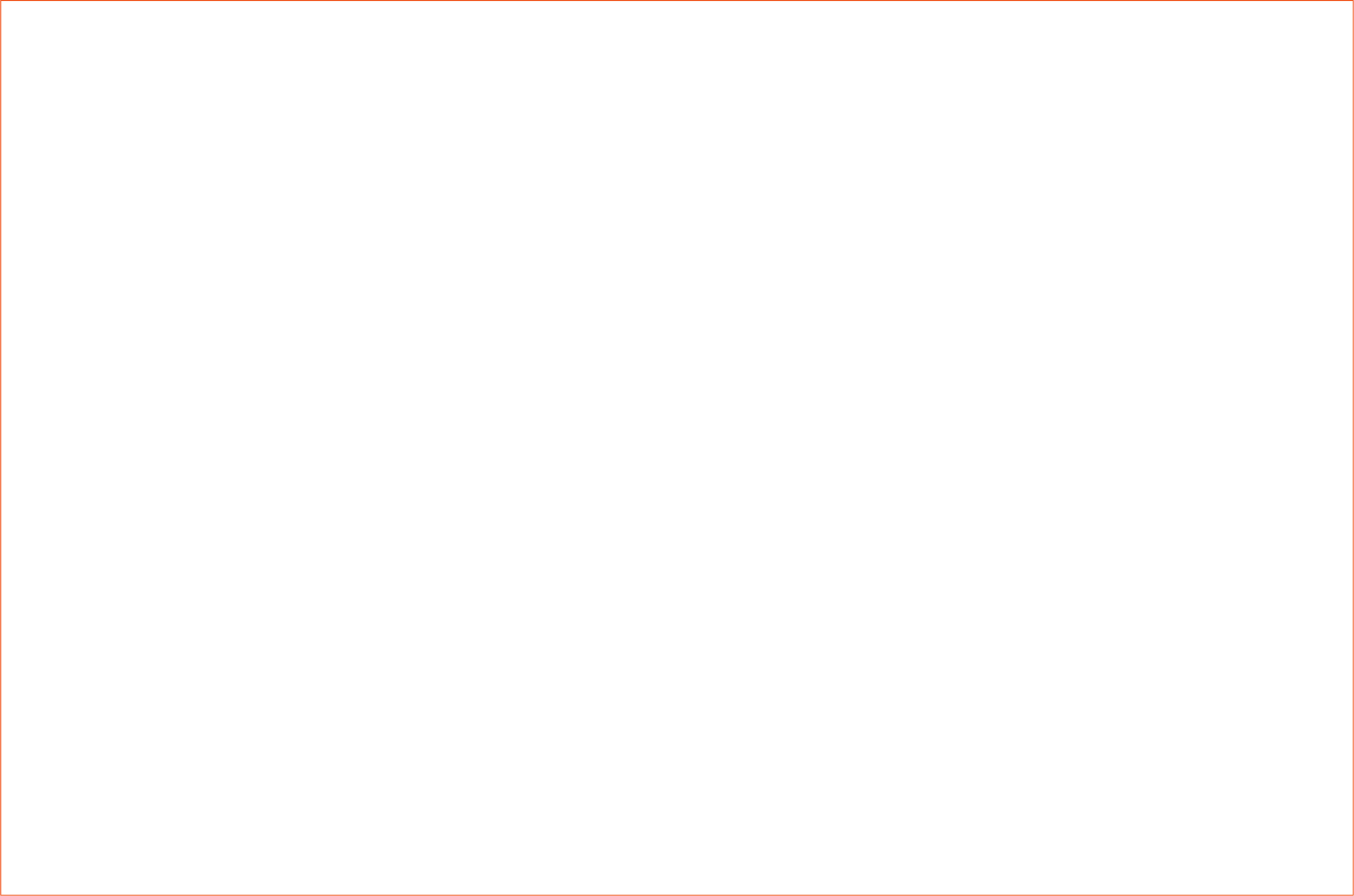
Borders are a human construct – a fact no one can deny. They are shifting and evolve with history. Nonetheless, we gradually forget that they were originally defined by people marking the landscape and creating geographical, cultural or social divisions. They respond to a need for simplification when it comes to defining the world: what is inside is “Us” and what is outside is the “Other”. Borders are the legacy and manifestation of slow cultural, conceptual and technological constructions: of languages, currencies, fences, identity papers, cameras, surveillance satellites... and numerous other inventions that structure our sense of belonging.
In this work produced in France, photographer Maxime Taillez establishes a dialogue between these complex notions that constitute borders – physical or immaterial – and invites us to reconsider our own relationship with this pivotal notion that defines both a boundary and an opening. In Europe, the Schengen Zone means goods and people residing in the territory enjoy significant freedom of movement. Boundaries have disappeared and territories that were once separated are now linked. Individuals move around to enjoy the advantages of one area or another. Nature also reclaims its rights. In this photographic series, visitors will discover a variety of natural or artificial landscapes, where only tiny traces of these borders remain, prompting us to question these dividing lines.
ARBORETUM
In collaboration with Fisheye Magazine and the Fisheye Gallery.
Exhibition produced with the support and expertise of the Agelia laboratory.
![]()
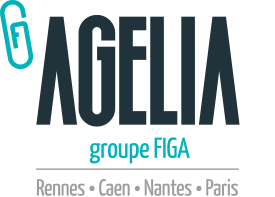
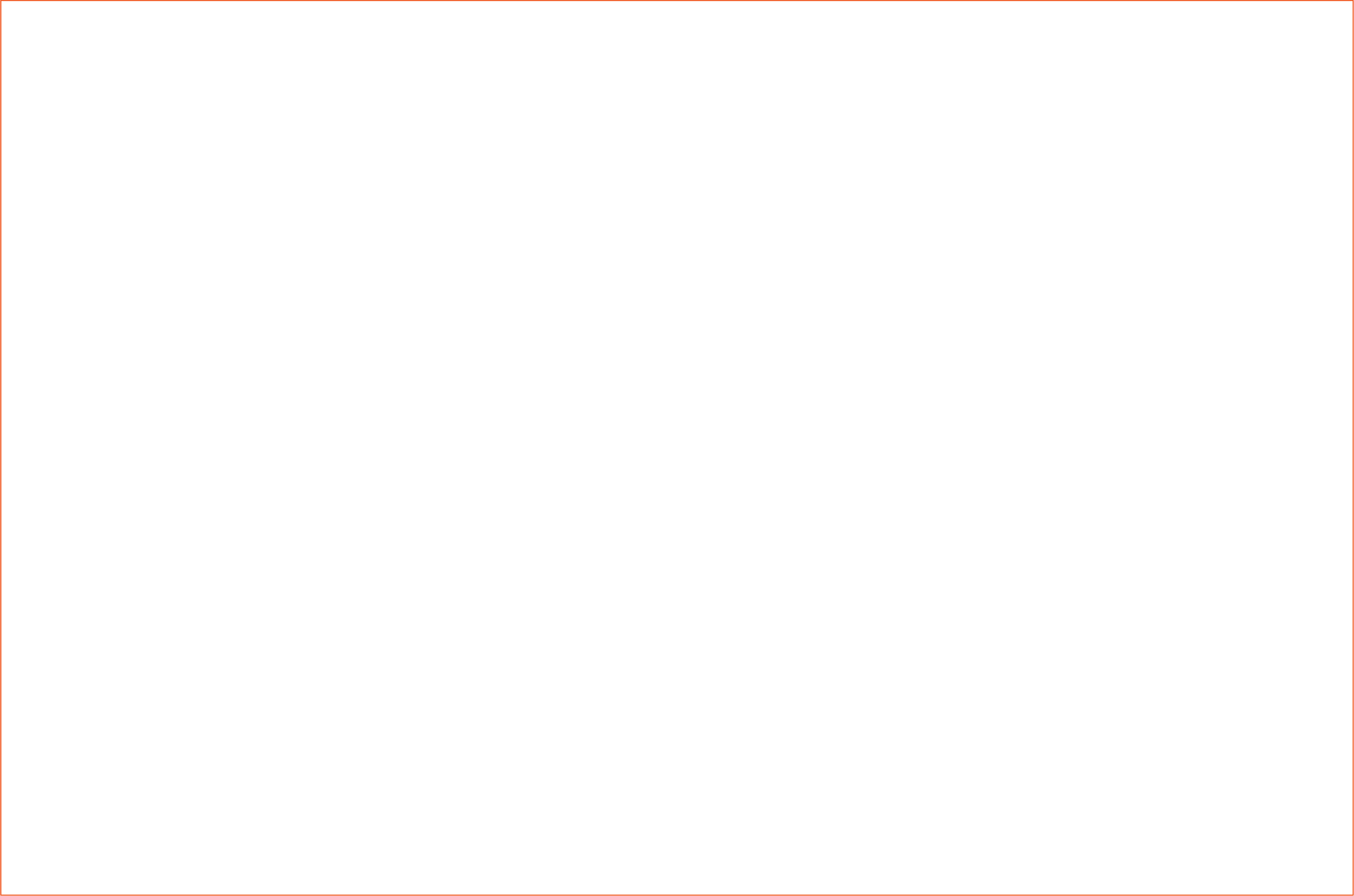
Chloé Milos Azzopardi is a French photographer who lives and works between Paris and the Catalan mountain range of Montserrat. She prefers to work on long-term projects, taking a particular interest in mental health, ethology and the construction of an imaginary future, far from our present era. In this series, she composes a futuristic, metaphorical fable that questions the relationship between humans and animals. In Western philosophy, we have long distinguished between species, nature and culture, to the point that we have separated ourselves from other living beings and forgotten the innate interconnectedness of nature. This thinking goes against the major scientific principles concerning the fragile balance of our environment and the truth about our origins: we are, for example, closer to the chimpanzee, with whom we share about 98% of our DNA, than the chimpanzee is to the gorilla. In this imaginary ecosystem, new relationships between species can be explored, imagining a community that does not apply a prism of utility or servitude. This intimate fiction highlights the possibility of a(n) (r)evolution of our conception of life.
ARBORETUM
In collaboration with Fisheye Magazine and the Fisheye Gallery.
Exhibition produced with the support and expertise of the Agelia laboratory.
![]()
![]()
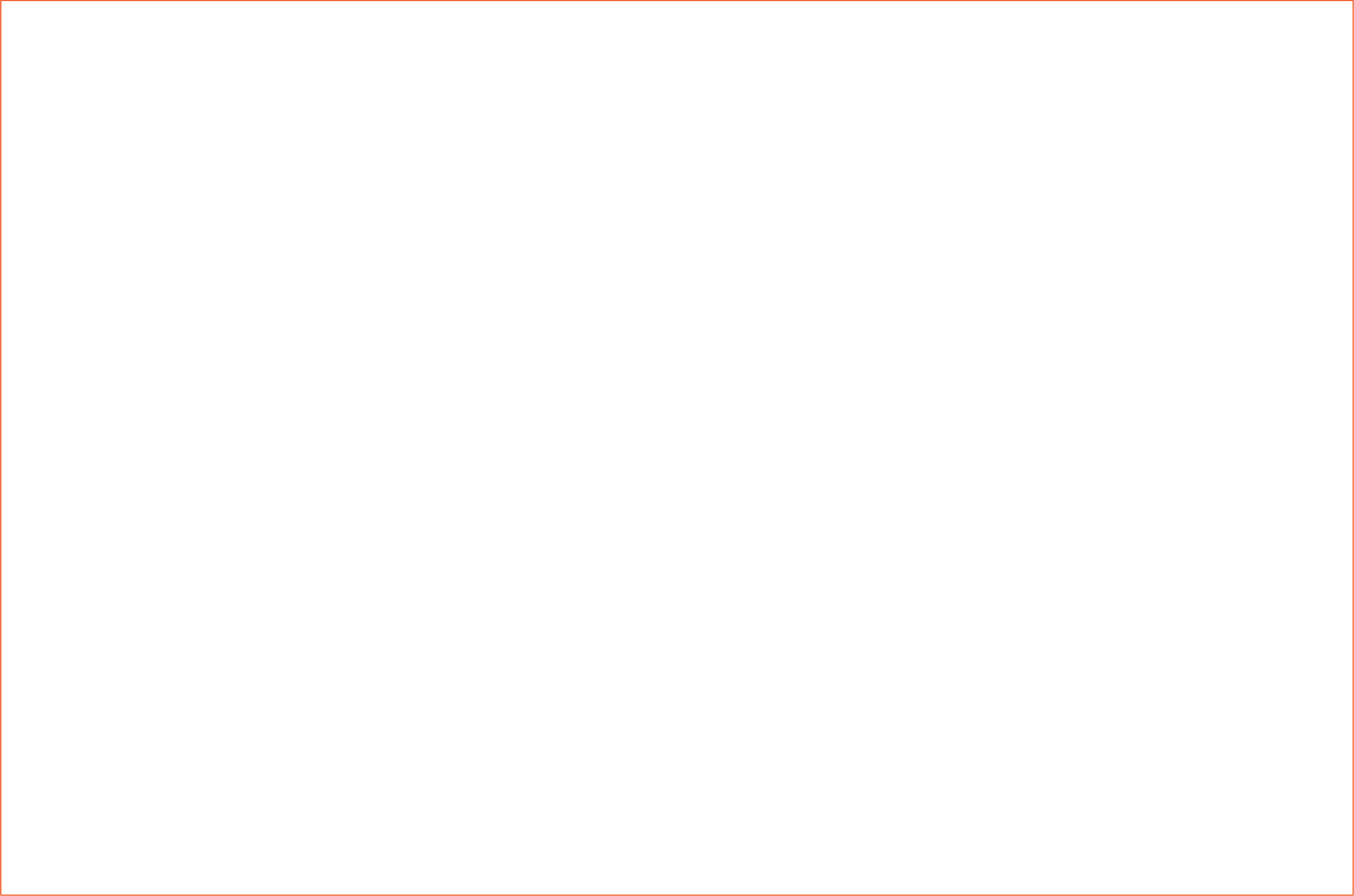
“Without a free press, no fight can be heard.”
At a time when societies are divided by fake news, which feeds social media that, in turn, locks people into information bubbles that merely confirm what they already believe, the Reporters Without Borders (RSF) motto sends a warning.
An ardent defender of journalistic freedom, RSF has always partnered press photographers and photography in general. To celebrate the 30th anniversary of the RSF review, which showcases illustrators and the greatest names in still photography, the La Gacilly Photo Festival has joined forces with RSF (as part of its ongoing commitment) to publish a special issue devoted to trees, the photos of which will be on show in our village the summer.
100 photographs by 100 renowned photographers focusing on trees as either the main subject of the image or simply as part of a scene, a detail or a shadow on a wall.
An opportunity to reflect on the role that trees play in our lives and in the photographers’ perception of the world. A way of showing how they use trees, consciously or otherwise, to compose their images. The first tree appeared on Earth 385 million years ago and, since the dawn of our species, trees have been a vital landmark for people. These images show how trees are rooted in our lives and in our shared history.
GARAGE
In partnership with Reporters Without Borders.
![]()
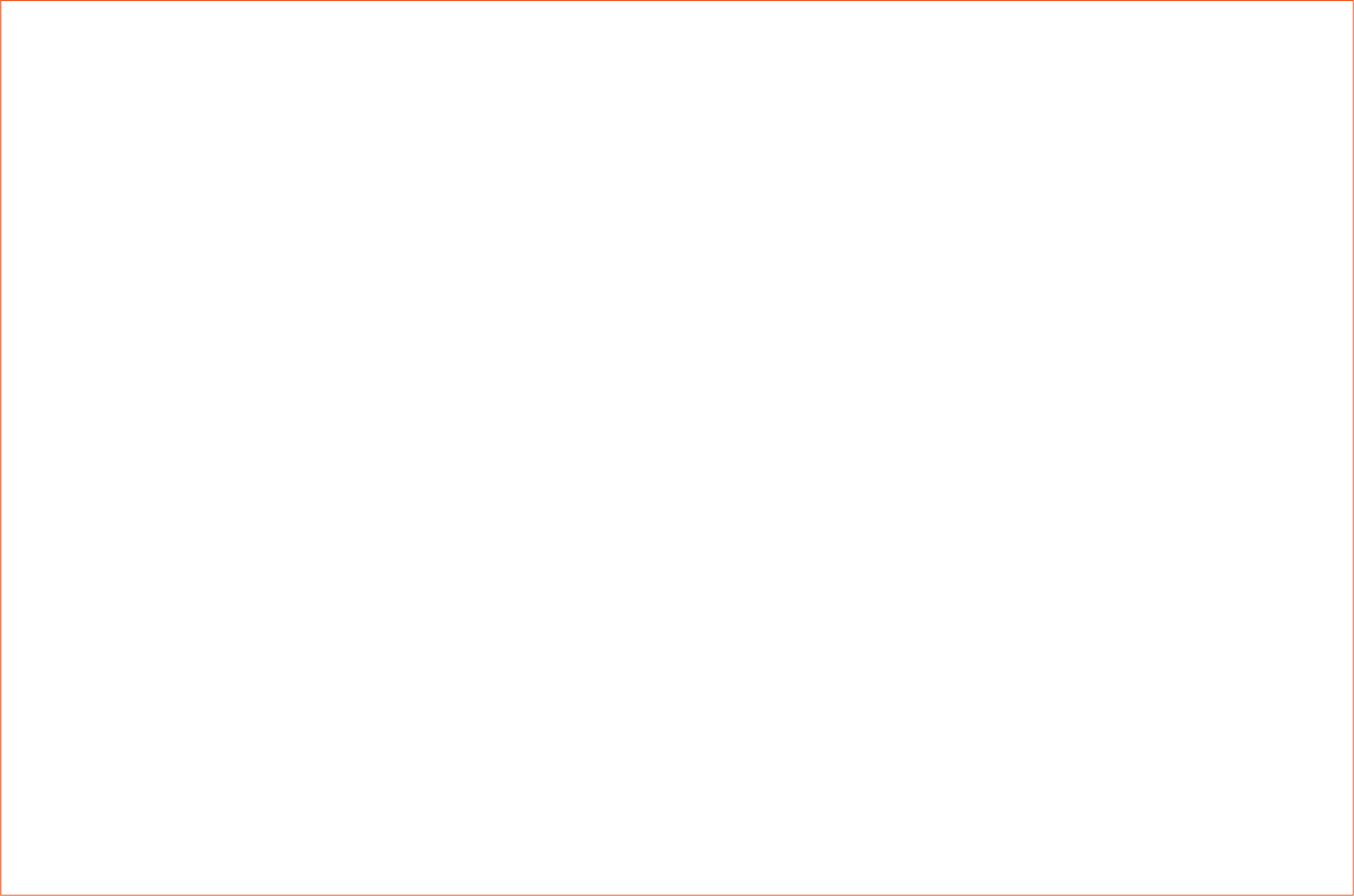
With 1.38 billion people living in the country, India is the second most populous nation on the planet, after China and far ahead of the United States. This demography, combined with unbridled urbanisation and rampant modernisation, has turned the country into an energy-guzzling ogre, and New Delhi tops the list of the world’s most polluted cities. The figures speak for themselves. 2.5 million tonnes of coal are devoured every day to meet the energy needs of India’s population (70% of electricity is produced by coal-fired power stations). At the COP26 summit, Prime Minister Narendra Modi announced a goal of carbon neutrality by 2070 through massive investment in renewable energy, yet his government has done nothing to reduce India’s dependence on coal. On the contrary: the state recently auctioned off 40 coal mines for commercial purposes.
In his images, AFP photographer Money Sharma illustrates all the links in the Indian coal chain, from domestic consumption for boiling water or heating homes to the huge mines from which thousands of tons of this black gold are excavated. This fuel is poisoning the planet and the health of the people who live on this land, scorched and scarred by crevices from which flames and toxic gases escape.
VENELLE SAINT-VINCENT
Agence France-Presse is a vital link in the international news chain and a beacon of quality journalism. For the third year running, our Festival is joining forces with AFP to present the work of press photographers.
Exhibition produced in collaboration with Agence France-Presse.
![]()
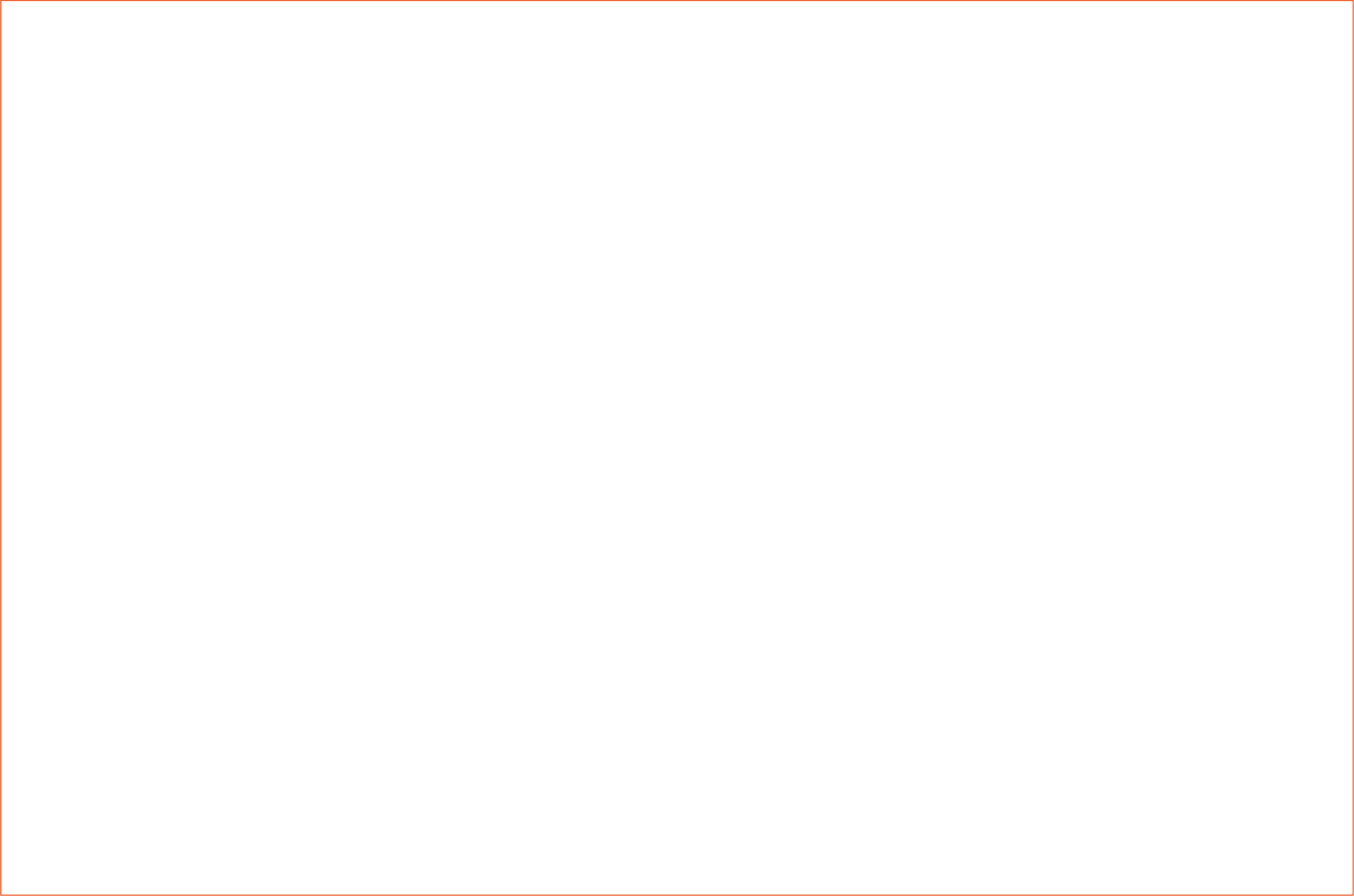
France • Born in 1969
Homo Detritus
“The Democratic Republic of the Congo is a geological scandal.” The French photographer states his point in no uncertain terms. The DRC – or Congo-Kinshasa – is the second-largest country of the 54 states that make up the African continent and has one of the richest sub-soils in the world, containing gold, coltan, diamonds, cobalt, oil and more. Yet it remains the 8th poorest country on our planet.
In the capital, the shantytowns overflow with every kind of waste: mobile phones, plastic, lids, synthetic foam, tyre tubes, fabrics, electric cables, syringes, cardboard, capsules, car parts, cans and much more besides.
In this series of portraits, Gladieu introduces us to a group of artists founded six years ago by visual artist Eddy Ekete. These painters, singers and musicians have joined forces to expose the tragedy of their everyday lives, the wars that ensue, the exploitation of women and men, and the poverty that deprives them of all dignity.
Using waste as their raw material, they put together outfits and masks inspired by African tradition to condemn the ongoing ecological disaster being inflicted on the DRC. “The group welcomed me for this project,” says the photographer. “I chose to shoot their portraits in the streets of Kinshasa, with settings and characters that form a dialogue.” A clan of Homo Detritus, fantastically grotesque characters who are terribly evocative of a modern affliction: the vanity of excessive consumption.
GARAGE
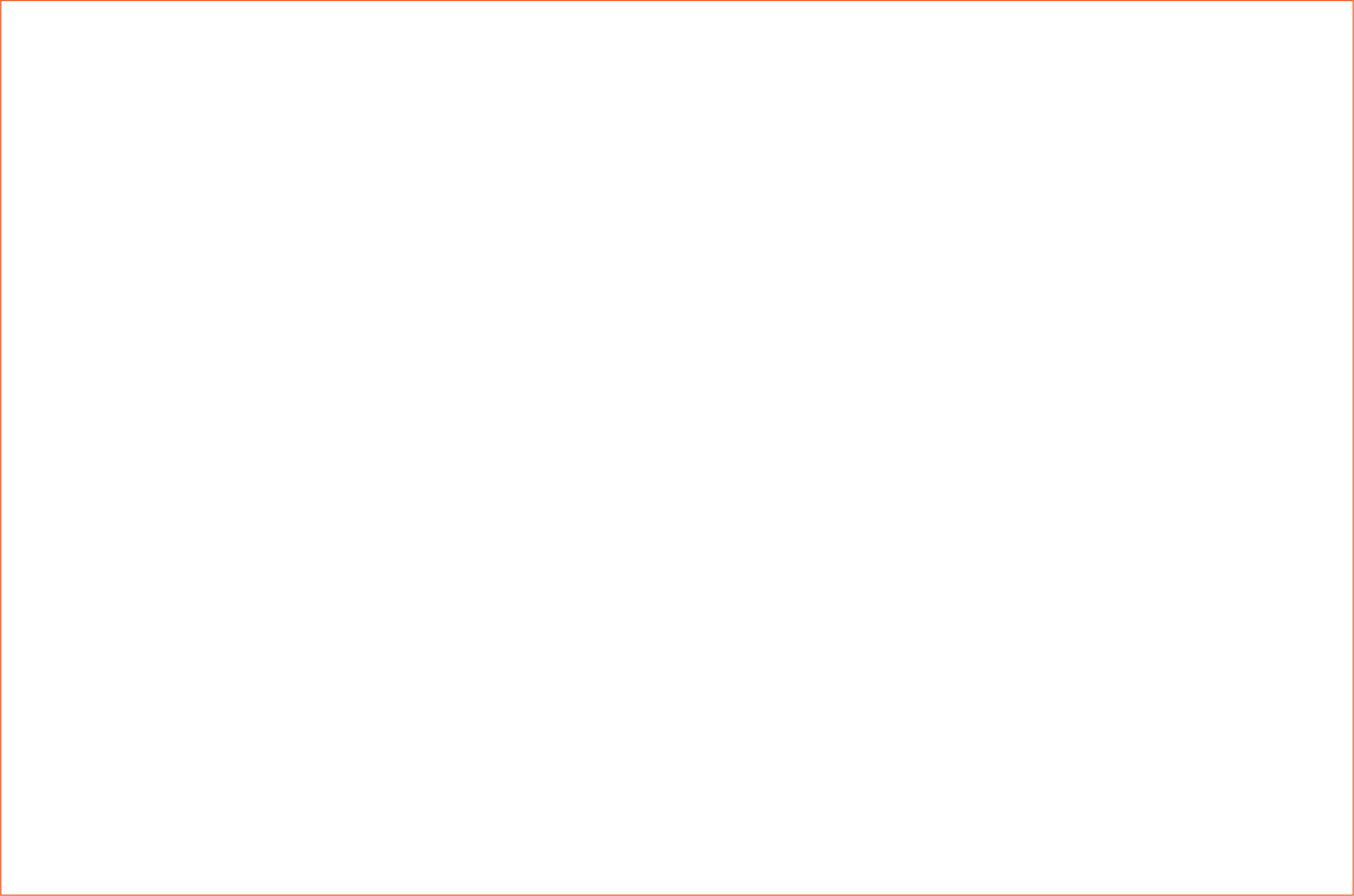
Like the wood we can’t see for the trees, this story is about one crisis we can’t see for another. The violence that broke out in Burma’s Rakhine State in August 2017 forced the Rohingyas (a stateless Muslim minority heavily persecuted by the Burmese junta) to flee to neighbouring Bangladesh. It was one of the most dramatic humanitarian crises in history: 655,000 refugees, half of whom were children, were displaced in just a few weeks. Five years later, nearly one million refugees are now stranded in camps in the Cox’s Bazar region.
Italian photographer Gabriele Cecconi has chosen to show the ecological and environmental consequences of this crisis. Because beyond the refugees’ distress and the horror of the stories they tell from Burma, their hasty arrival en masse has had an impact on the already limited natural resources of their host country. Being forced to survive in difficult circumstances, the Rohingyas have unwittingly triggered several problems: deforestation, competing with wildlife for limited space, and tensions with the Bangladeshis, who are also struggling to survive in precarious conditions.
In an age when migration – be it economic, climatic or social – is proving to be the century’s defining issue, the work of Gabriele Cecconi is essential. It helps us to understand that there is no simple way of dealing with migratory crises and the refugee phenomenon.
CHEMIN DES LIBELLULES
Gabriele Cecconi is the 2021 winner of the Yves Rocher Foundation Photo Award, in partnership with Visa pour l’Image. He received a grant of 8,000 euros for this long-term project, which will be presented in its entirety for the first time at La Gacilly.
In partnership with the Yves Rocher Foundation. Exhibition printed with the support and expertise of CEWE.
![]()
![]()
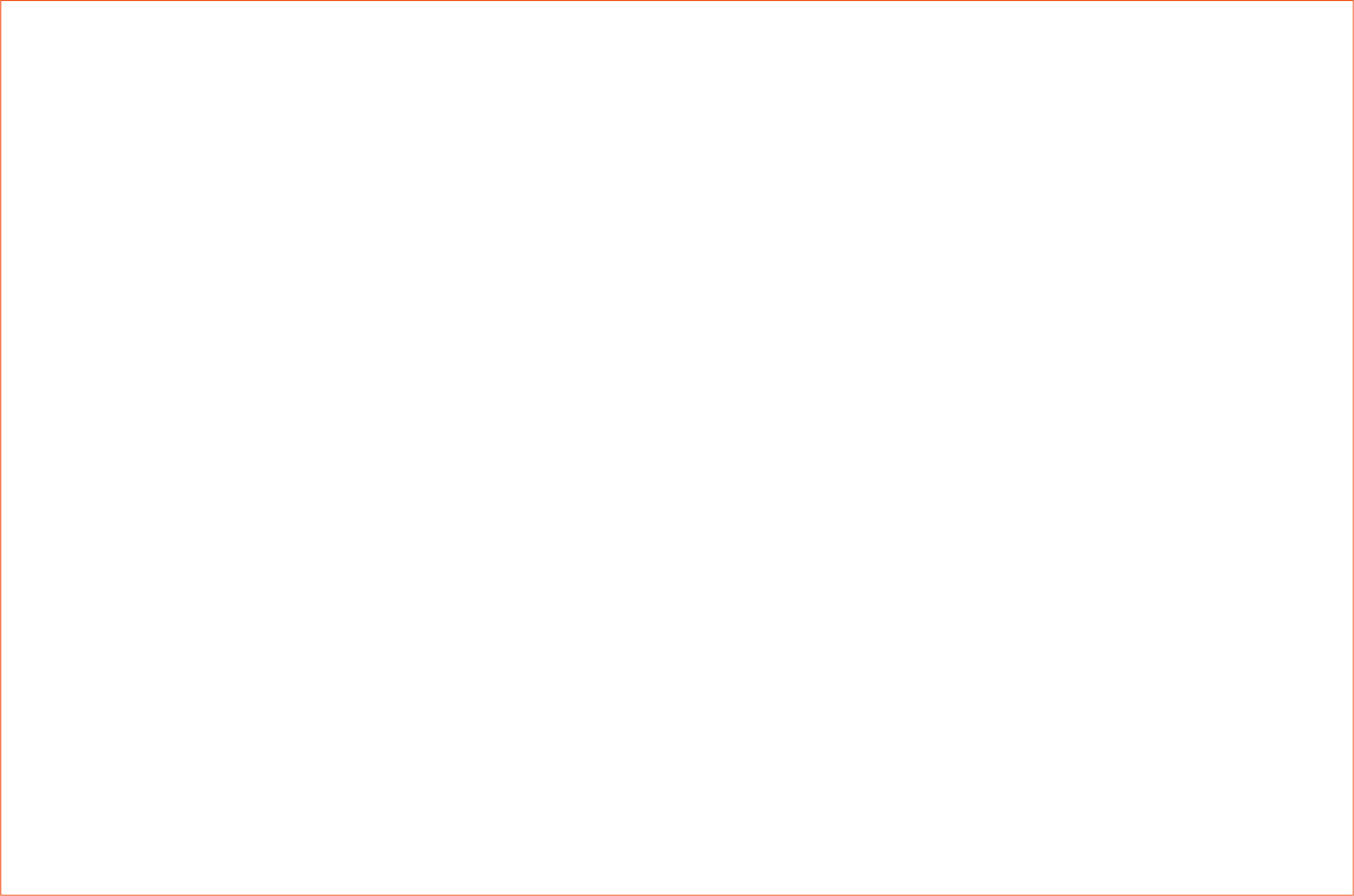
There is a phrase that Bernard Descamps is particularly fond of, something that Jacques Prévert once said to the humanist photographer Edouard Boubat: “You’re a peace correspondent.” As opposed to the much overused term “war correspondent”, the expression appealed to Descamps who, in an interview in 2015, said, “We could have formed a club. I would definitely have been a member.”
A trained biologist, Descamps embraced photography in the 1970s but maintained his passion for science which, like photography, is an attempt to decipher reality. “Reality is not just misery or violence,” he likes to say. During his travels in Mali, India, Venezuela and Madagascar, he strives not to photograph life too explicitly, in too much of a documentary style. “I press the shutter button when I find something beautiful,” he confides.
He was a founding member of the major French agency VU’ in 1986 and has been poetically exploring every part of the planet and every genre of his art in black and white for 50 years, making a name for himself as a tireless traveller who evades classification. In this exhibition, his landscape photographs or, more specifically, the nature they show, seem to elude time, as if in a dream. His aim is to share the emotion he felt as he chose his frame, composition and lighting with the beholder. “Photography is a permanent self-portrait,” he says. “Because you don’t really photograph reality. You photograph yourself, projected onto reality.”
PLANT MAZE
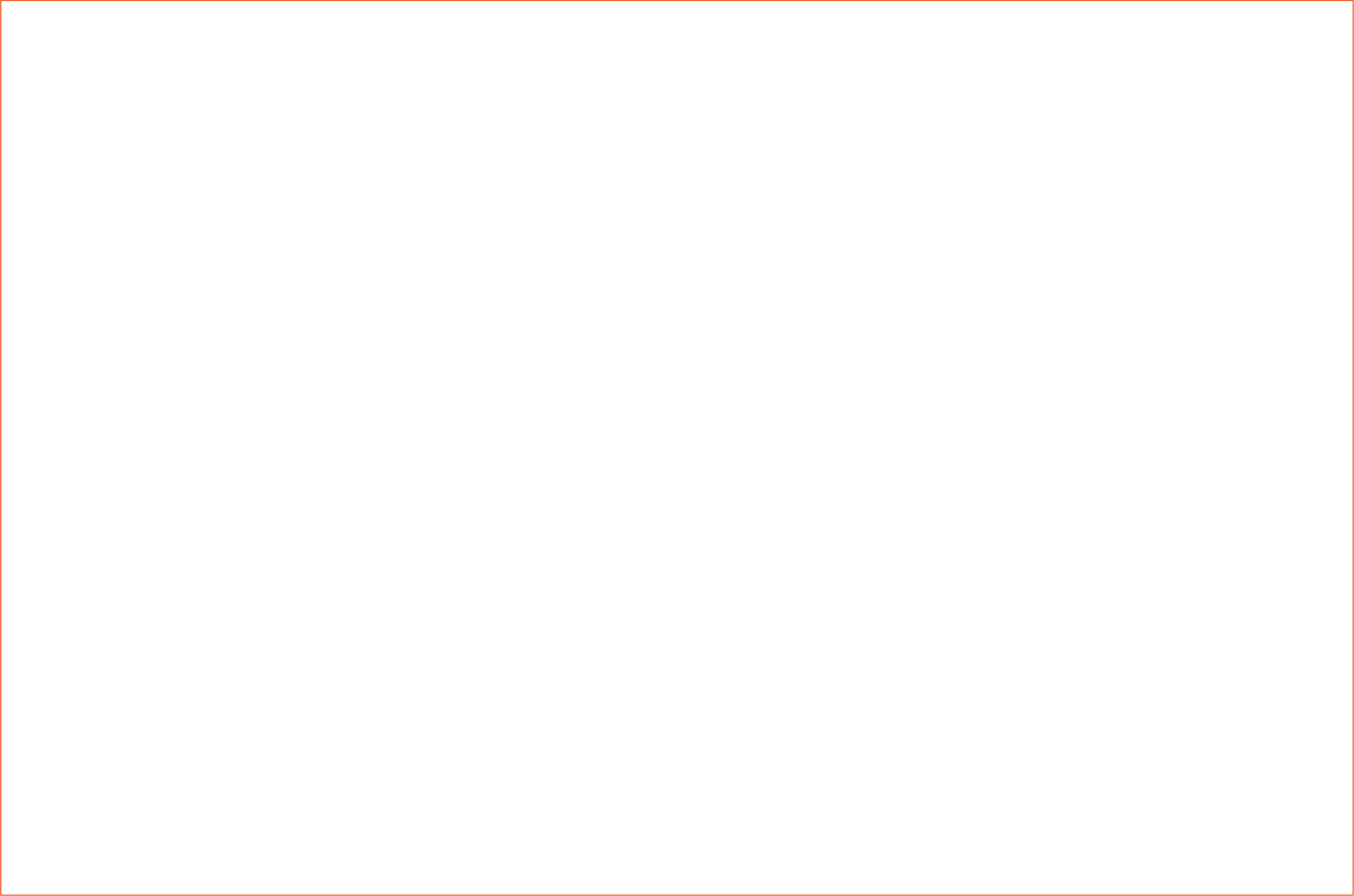
The largest French glacier? No, forget Chamonix! It’s in Kerguelen. The highest cliff in the world? The Kahiwa Falls in Hawaii pale in comparison to the 1,012-metre cliff of Lesquin, in Crozet. Discovered 250 years ago this year, the Austral Islands, made up of two archipelagos – Kerguelen and Crozet – and the two islands of Saint-Paul and Amsterdam, are among the highlights of the French Southern and Antarctic Lands (TAAF).
Little known to the general public and usually bypassed on the geography curriculum, they actually form France’s largest nature reserve and will soon become the world’s biggest marine protected area, offering a sanctuary of over 1.6 million km². Rising from the southern Indian Ocean in the infamous Roaring Forties latitudes, these islands are home to ecosystems that cannot be found anywhere else on Earth. Some of the world’s largest colonies of king penguins, elephant seals, wandering albatrosses and sea lions make their homes here – and the finest scientists, supported by the French Paul-Emile Victor Polar Institute (IPEV), come to study this outstanding biodiversity.
Photographer Mélanie Wenger had the opportunity to board the renowned Marion Dufresne supply ship that serves the TAAF. She journeyed to the edges of the Antarctic Convergence – a zone that is crucial to the functioning of our planet, where polar and sub-Antarctic marine currents meet – and underwent an extraordinary expedition, revisiting these fragments of France at the far ends of the Earth.
PLANT MAZE
Exhibition held in partnership with the French Southern and Antarctic Lands.
In partnership with the Yves Rocher Foundation, as it launches its new programme of photographic commissions under the title “In the name of biodiversity, safeguarding living sanctuaries
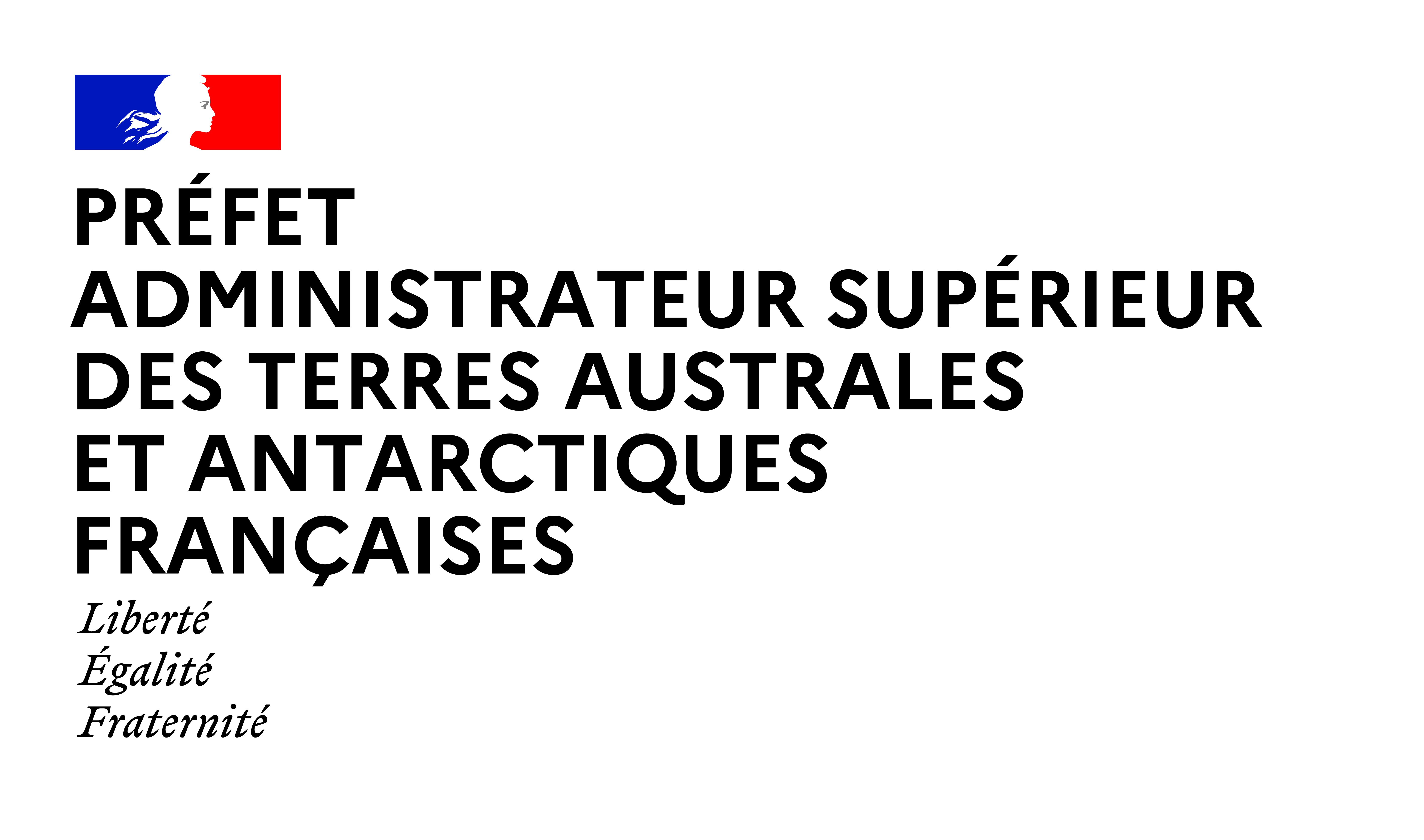
![]()



